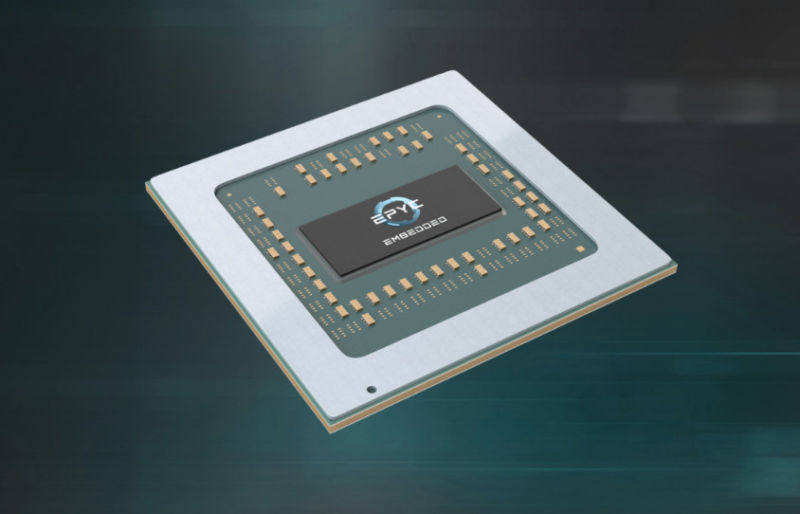
Thanks to a licensing deal with AMD and a complex joint-venture arrangement, the Chinese chip producer Chengdu Haiguang IC Design Co. (Hygon) is now producing x86-based server processors that are largely indistinguishable from AMD's EPYC processors—so close in design that Linux kernel developers had to do little in the way of patching to support the new processor family, called "Dhyana." The server chips are being manufactured for domestic use only—part of an effort to break China's dependence on foreign technology companies.
Since the Edward Snowden revelations about National Security Agency efforts to use implants in technology products to conduct foreign intelligence collection, China has been applying increasing pressure on US technology providers. The country hopes to bolster its own domestic technology industry through strict new information security regulations and investment in domestic suppliers.
The need for a domestic producer of high-performance server processors has also been driven by US export restrictions to China—in 2015, the administration of President Barack Obama blocked a sale of Intel Xeon processors for China's Tianhe-2 supercomputer over concerns that the sale would aid China's nuclear weapons program. Export of high-performance processors to China have been restricted ever since, and the US government has also moved to prevent China from acquiring technology companies in the past over national security concerns.
The unintended consequence of these restrictions has been that the Chinese government has spurred investment in domestic processors—and it has found ways around import restrictions with licensing arrangements and joint ventures. Suzhou PowerCore Technology Co. licensed the Power8 architecture from IBM in 2015; Zhaoxin, a state-owned technology company, has designed domestic x86 desktop processors in a joint venture with VIA. And now, the AMD licensing deal—which leverages both a licensing deal and a joint venture to allow the use of x86 intellectual property—is delivering what could be the first step toward a domestic high-performance server platform.
Based on AMD's "Zen" core architecture and EPYC, the "Dhyana" processor appears to be focused on embedded applications for now. They're not socketed processors but are instead a system-on-chip (SoC) design, similar to the EPYC embedded computing processors being manufactured elsewhere by AMD. They're so similar, in fact, that, according to a report from Michael Larabel of Phoronix, moving the Linux kernel code for EPYC processors over to the Hygon chips required fewer than 200 new lines of code.
The SoC design doesn't necessarily preclude the use of the Dhyana processors in high-performance cluster applications or in data center applications that would normally be filled (if not for trade restrictions) by Intel Xeon or other server processors. And given China's overall push to enhance its own information technology and manufacturing despite US trade restrictions, embedded server technology may be more in line with the current domestic demand.
The good news for AMD is that the joint venture will net the company a steady stream of royalties in addition to the $239 million in cash the company was paid up front in 2016 by Tianjin Haiguang Advanced Technology Investment Co. (THATIC), an investment arm of the Chinese Academy of Sciences, to enter the joint venture in the first place. Just how long that silver lining lasts, given the current climate between Washington and Beijing, is uncertain. But it's certainly a benefit that comes with potential national security downsides.
reader comments
226